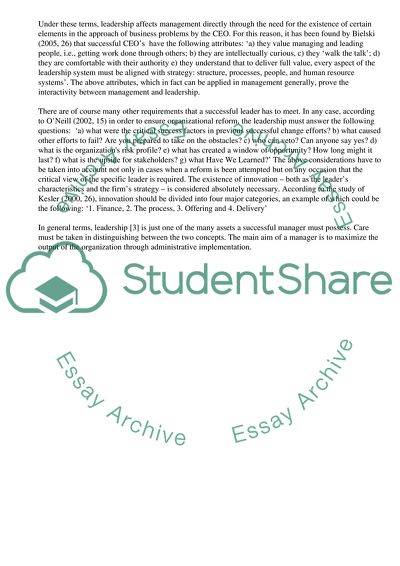Cite this document
(Relationship of Management and Leadership Term Paper, n.d.)
Relationship of Management and Leadership Term Paper. Retrieved from https://studentshare.org/management/1704101-new-current-issue-in-management
Relationship of Management and Leadership Term Paper. Retrieved from https://studentshare.org/management/1704101-new-current-issue-in-management
(Relationship of Management and Leadership Term Paper)
Relationship of Management and Leadership Term Paper. https://studentshare.org/management/1704101-new-current-issue-in-management.
Relationship of Management and Leadership Term Paper. https://studentshare.org/management/1704101-new-current-issue-in-management.
“Relationship of Management and Leadership Term Paper”, n.d. https://studentshare.org/management/1704101-new-current-issue-in-management.


